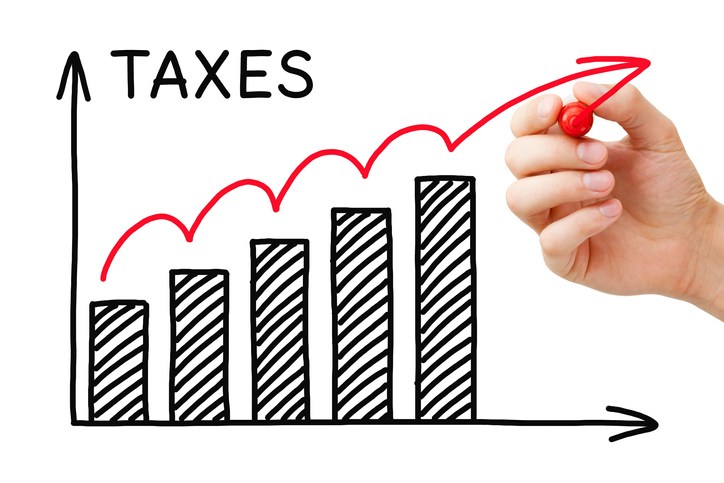The latest unemployment numbers released from the Employment Security Department (ESD) continue to show that the unemployment trust fund is continuing to be drained at a rate much higher than the state is projecting. ESD continues to provide unclear and mis-leading reporting of the state unemployment fund balance and the rate of decline.
The May 14th press release shows the state spent $767 million (an increase of almost $130 million from the previous week) of federal and state funds on unemployment benefits for the week of May 3-9. Based on previous estimates, $245 million of the $767 million was spent from the state reserve.

The fund balance was $4 billion on May 1st. This was the last official balance available from ESD. Simple math shows that at an average of payout rate of $250 million a week means all the money will be gone in less than 100 days depending on the starting fund balance.
These numbers are not readily available from the ESD press releases and contradict the departments own public statements. They were provided directly to Washington Policy Center (WPC) by the Employment Security Department after the previous WPC articles exposed the inaccurate nature of the numbers the department has been publishing. Officials are still not acknowledging the weakened state the trust fund is in.
ESD launched Operation 100% this week with the goal to pay all eligible claims by June 15th. For workers who were laid off during March who have not received benefits yet, this means a delay of 3 months before they see any money. This represents a potentially large increase to the currently reported payouts by ESD. Recent reports of fraud will add to the additional burden on the fund balance.
Depending on how long the COVID-19 lockdown goes on, it all adds up to a multibillion-dollar problem for the state. Legislators and the public need accurate information so they can start addressing the fix.
Based on the slow-phased approach to reopening the economy, unemployment will be kept artificially higher. There is a point when the lockdown policy will be doing more harm to the state than the original health crisis did. The best way to regain the state’s fiscal health is to bring jobs back. Once people go back to work, they start paying into the unemployment fund instead of drawing money out.
The longer businesses are forced to remain closed and workers are home, the larger this problem will become.






